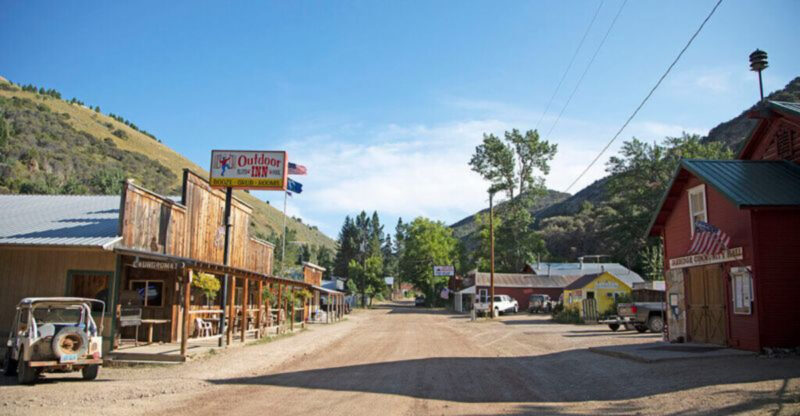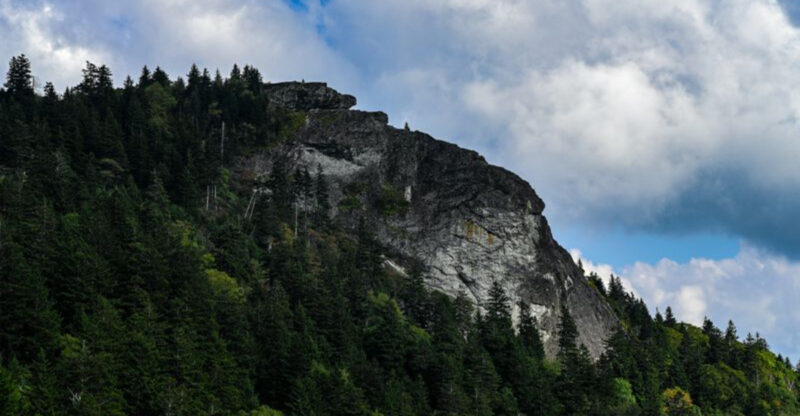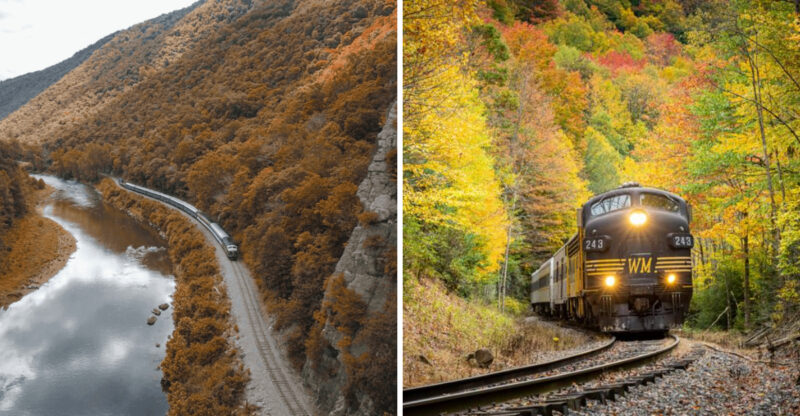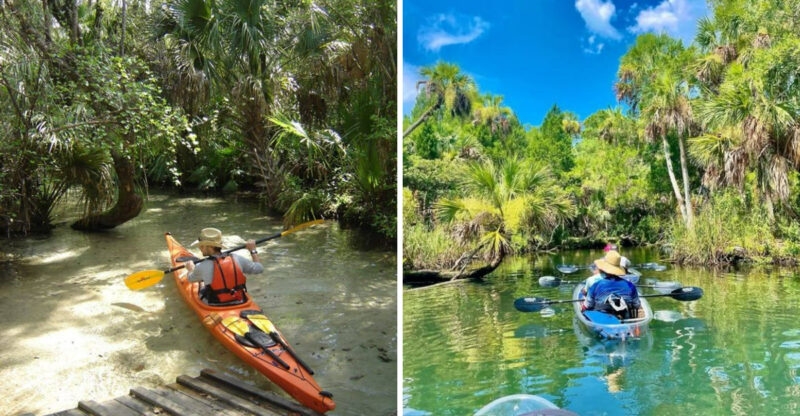15 Historic Train Journeys Through Oklahoma Perfect For A Retro Adventure
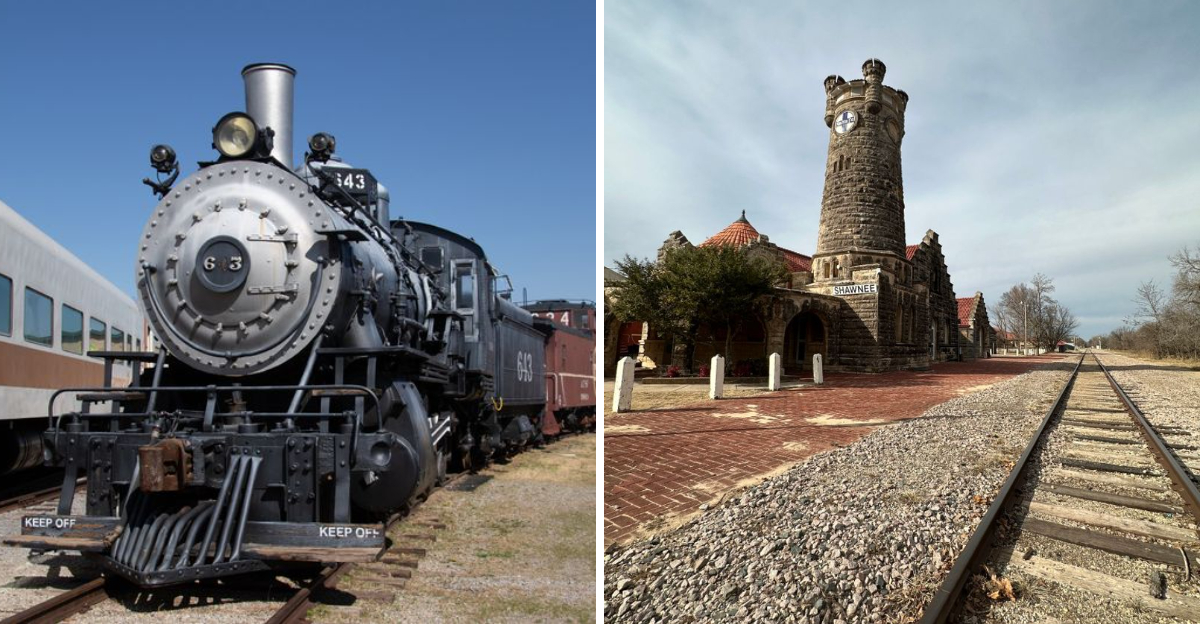
Oklahoma might surprise you with its rich railroad history that shaped the entire state. From vintage steam engines to charming depot towns, train rides here offer a window into the past that feels magical and real.
Whether you love history, adventure, or just want something different to do on the weekend, these historic train journeys deliver unforgettable experiences for all ages.
1. Oklahoma Railway Museum
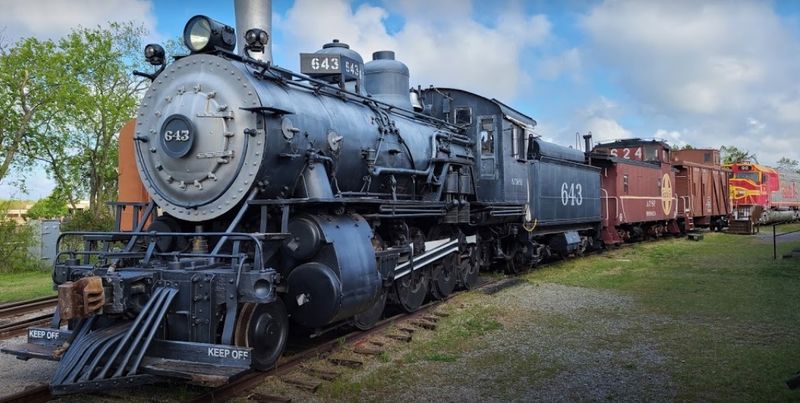
Have you ever touched a real steam locomotive up close? At the Oklahoma Railway Museum in Oklahoma City, you can do exactly that and so much more. This incredible spot houses dozens of vintage rail cars, engines, and cabooses that tell stories from Oklahoma’s railroad golden age.
Walking through the museum feels like stepping back a hundred years. You’ll see everything from elegant passenger cars to rugged work engines that hauled freight across the plains. Kids especially love climbing aboard the old cabooses and imagining life as a railroad worker.
The museum offers special ride events throughout the year where you can actually travel on historic trains. These short excursions let you experience the clickety-clack rhythm that once connected Oklahoma towns and cities across vast distances.
2. Heartland Flyer Amtrak Route
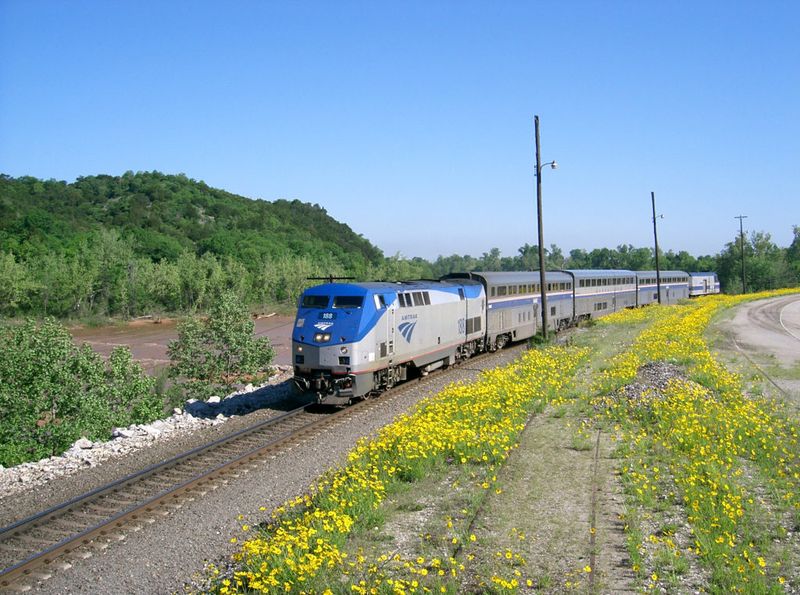
Did you know Oklahoma still has daily passenger train service? The Heartland Flyer runs between Oklahoma City and Fort Worth, Texas, following tracks laid over a century ago. This journey covers 206 miles of beautiful prairie landscape that most people never see from the highway.
Riding the Heartland Flyer feels wonderfully old-fashioned compared to flying or driving. You can stretch out in comfortable seats, walk around freely, and watch small towns and farmland roll past your window. The train stops in historic communities like Norman, Purcell, and Pauls Valley along the way.
Many families use this route for weekend getaways to Fort Worth’s museums and attractions. The relaxed pace and scenic views make the journey itself part of the adventure, not just transportation between destinations.
3. Frisco Depot Museum in Hugo
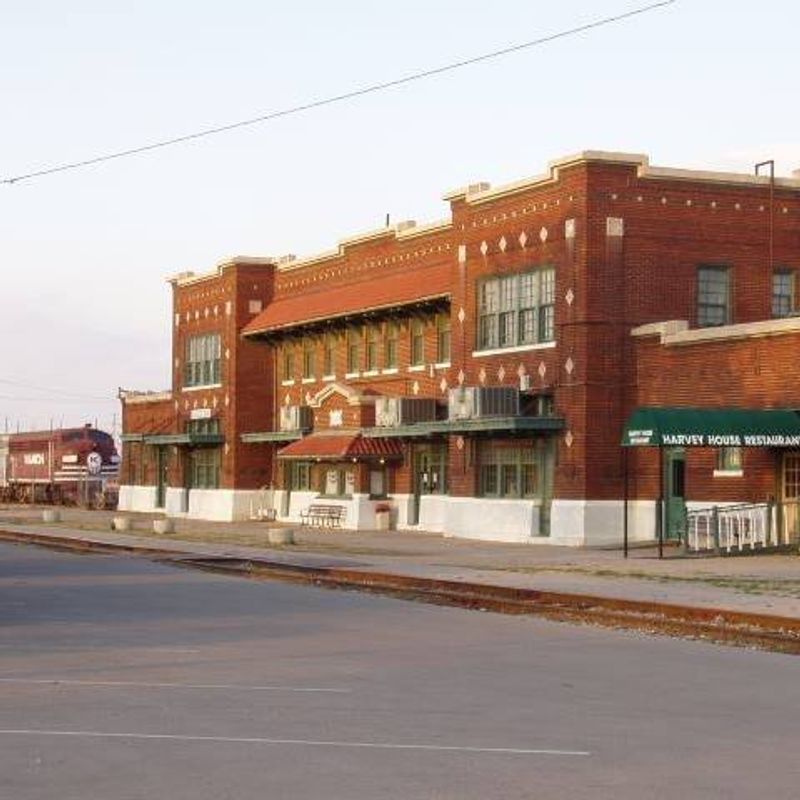
Hugo earned its nickname as the Circus City, but its railroad heritage runs equally deep. The Frisco Depot Museum preserves the town’s connection to the St. Louis-San Francisco Railway that brought prosperity and growth to southeastern Oklahoma. This beautifully restored depot building stands as a monument to small-town railroad culture.
Inside, you’ll discover photographs, artifacts, and stories about railroad workers who called Hugo home. The exhibits show how trains transformed isolated frontier settlements into thriving communities connected to the wider world. It’s fascinating to see actual telegraph equipment, ticket windows, and waiting room benches from the depot’s working days.
Though trains no longer stop here for passengers, the museum keeps railroad memories alive. Visiting helps you understand how important these iron rails were to Oklahoma’s development and identity.
4. Santa Fe Depot in Guthrie
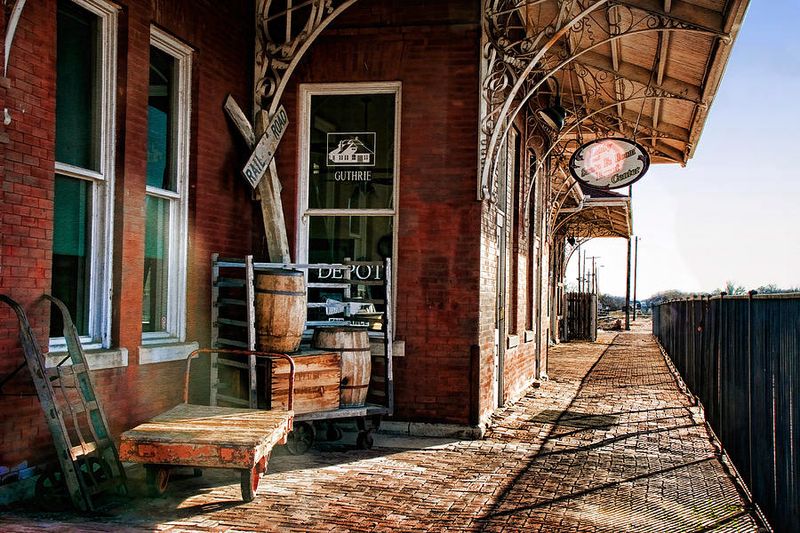
When Oklahoma Territory opened in 1889, Guthrie became its first capital thanks to the railroad. The Santa Fe Depot stands as a beautiful reminder of those exciting frontier days when trains brought thousands of settlers seeking new opportunities. This Victorian-style station once buzzed with activity from morning until night.
Architecture lovers appreciate the depot’s elegant design with its distinctive red brick and ornate details. The building has been carefully preserved to look much as it did during Guthrie’s boom years. You can almost hear the steam whistles and see families arriving with their belongings to start fresh lives.
Guthrie’s entire downtown is a National Historic Landmark District, making your depot visit part of a larger time-travel experience. Walking these streets gives you a genuine feel for Oklahoma’s railroad era heritage.
5. Cherokee Strip Regional Heritage Center

Trains played a starring role in Oklahoma’s famous land runs that opened territories for settlement. At the Cherokee Strip Regional Heritage Center in Enid, you’ll discover how railroads shaped one of history’s wildest real estate events. The exhibits bring this chaotic, exciting period to life with authentic artifacts and compelling stories.
Railroad companies didn’t just transport people to the land runs—they influenced where towns formed and which areas developed first. The center explains these connections through interactive displays that engage visitors of all ages. You’ll see how depot locations determined which settlements survived and which faded away.
Enid itself grew from a railroad town into a thriving city, and the heritage center documents this transformation beautifully. It’s a must-visit for understanding Oklahoma’s unique railroad and settlement history together.
6. Railroad Museum of Oklahoma in Enid
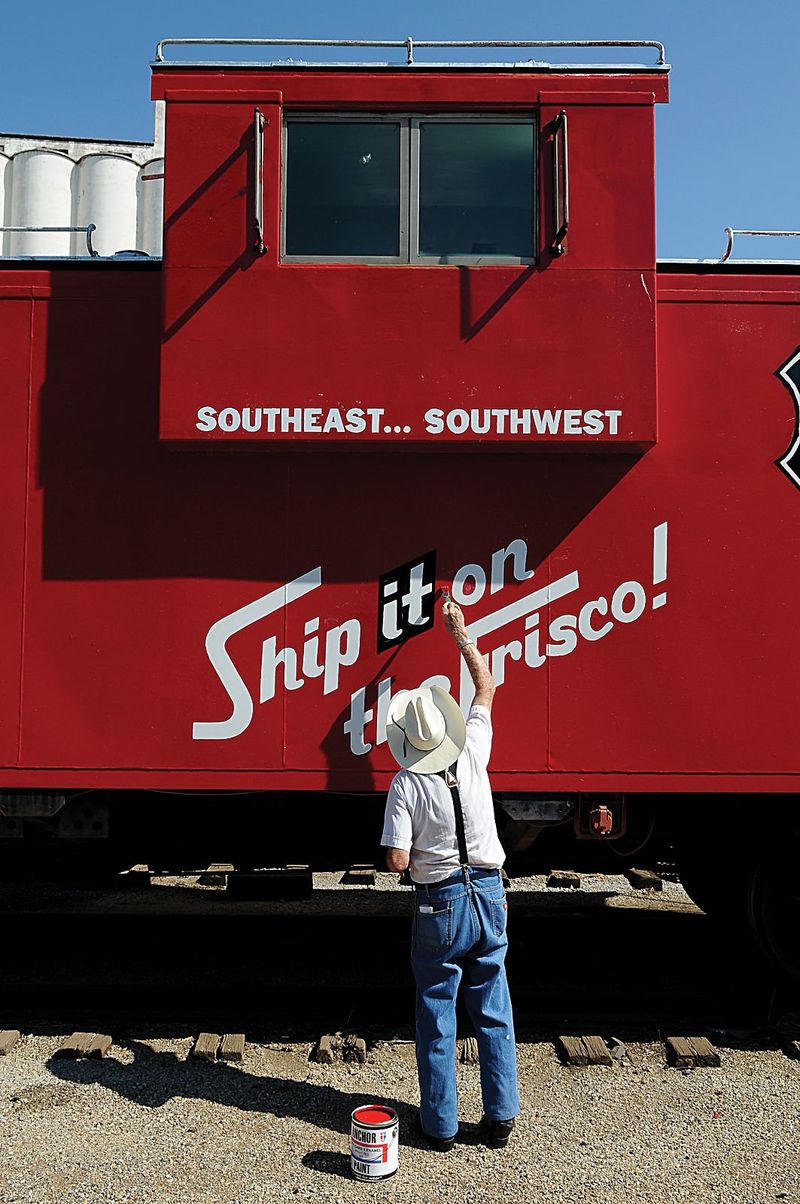
How many trains can you explore in one afternoon? At the Railroad Museum of Oklahoma, the answer is plenty! This outdoor museum features an impressive collection of locomotives, freight cars, passenger coaches, and maintenance equipment that once rolled across Oklahoma’s rails. Each piece has been lovingly preserved by volunteers passionate about railroad history.
Unlike museums where you just look, here you can climb aboard many of the trains and feel their massive scale. Standing in an old locomotive cab or walking through a vintage dining car creates memories that photographs alone cannot capture. The museum helps you appreciate the engineering and craftsmanship that went into these iron horses.
Special events throughout the year include train rides and historical demonstrations. It’s an affordable, educational outing that railroad enthusiasts and curious families equally enjoy.
7. Midland Valley Railroad Trail in Tulsa
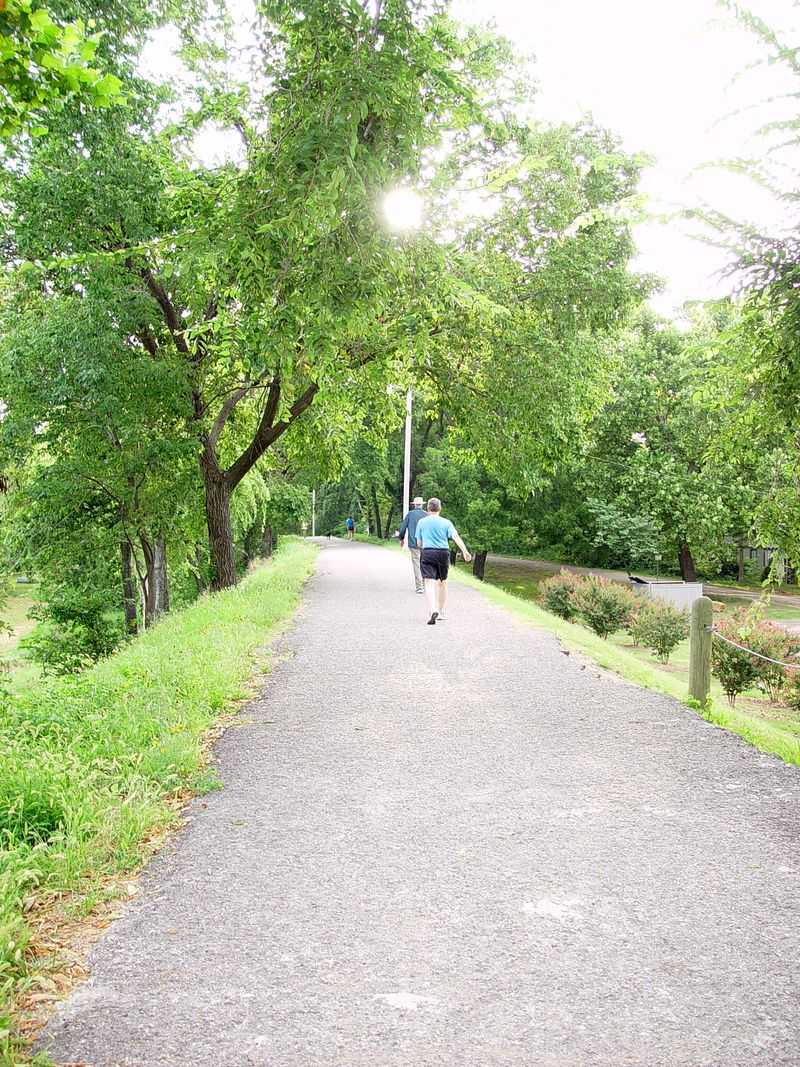
Where trains once hauled oil and agricultural products, people now walk, jog, and bike for recreation. The Midland Valley Railroad Trail in Tulsa follows the abandoned railroad corridor that once connected the city to surrounding communities. This rails-to-trails conversion preserves railroad history while creating modern recreational space.
As you travel the trail, you’ll notice remnants of the railroad’s past like old bridges, grade crossings, and historical markers. These features help you imagine the busy freight trains that rumbled along this route during Tulsa’s oil boom years. The flat, straight path reflects the engineering requirements railroads demanded.
It’s a peaceful way to experience railroad geography without the noise and smoke of working trains. The trail connects neighborhoods and parks, showing how railroad corridors continue serving communities in new ways.
8. Waynoka Air-Rail Museum
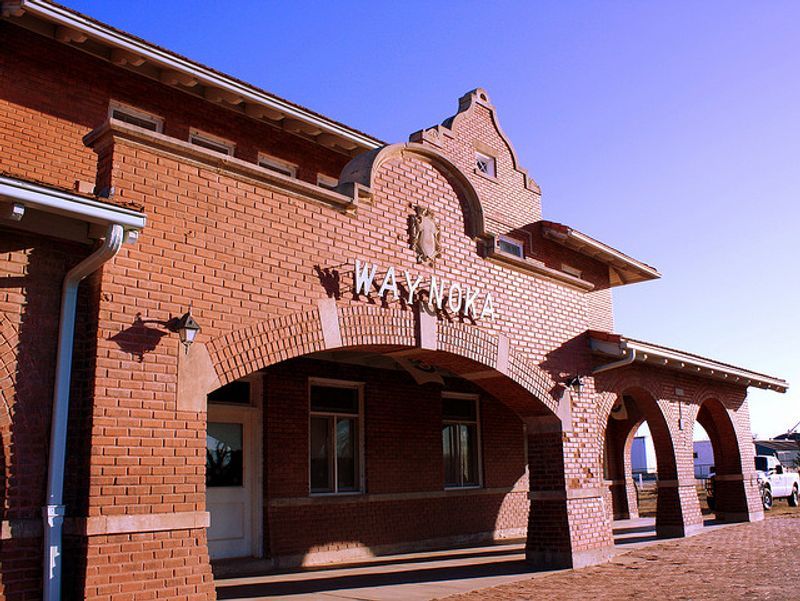
Once upon a time, Waynoka served as a crucial connection point between trains and airplanes for coast-to-coast travel. The Waynoka Air-Rail Museum tells this fascinating story from the late 1920s when transcontinental passengers switched between rail and air transport here. It’s a unique chapter in Oklahoma’s transportation history that few people know about.
The museum explains how the Santa Fe Railway partnered with early airlines to speed up cross-country journeys. Passengers would ride luxury trains, then board primitive aircraft for the fastest segments before returning to rails. Waynoka’s location made it an ideal transfer point for this ambitious system.
Though the air-rail era lasted only a few years, it represented innovative thinking about transportation networks. Visiting this small-town museum reveals Oklahoma’s surprising role in aviation and railroad history combined.
9. Fort Smith Trolley Museum Excursion

Right on the Oklahoma-Arkansas border sits a treasure trove of streetcar history that once connected communities throughout the region. The trolley rides here take you through scenic routes where conductors share stories about how these electric cars transformed daily life in the early 1900s. You’ll ride in authentically restored trolleys that rumble along original tracks.
Kids especially love ringing the trolley bell and watching the conductor work the controls with brass levers and wooden handles. The museum volunteers are passionate about preserving this slice of transportation history.
Each ride lasts about twenty minutes, giving you plenty of time to soak in the nostalgic atmosphere and imagine life before highways dominated travel.
10. Katy Depot in Wagoner
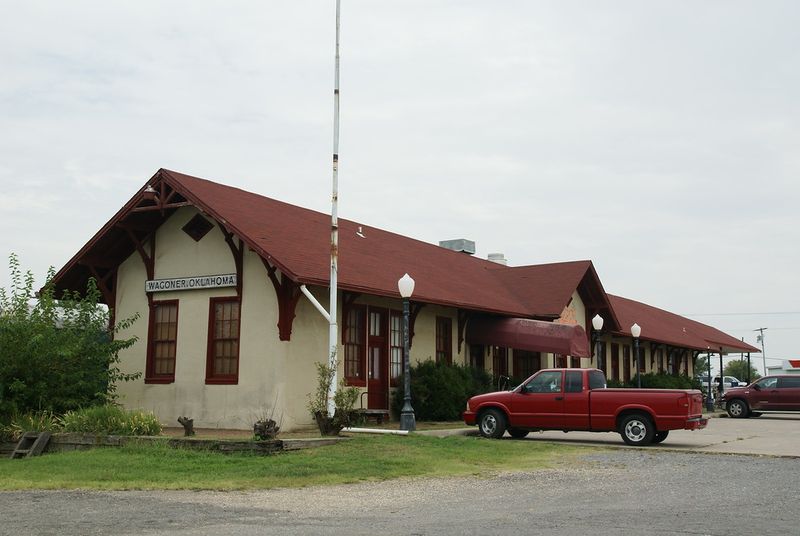
Built in 1895, this stunning brick depot once served as a bustling hub where farmers shipped cattle and cotton across the nation. The Missouri-Kansas-Texas Railroad, nicknamed the Katy, made this station a lifeline for the growing town of Wagoner. Today, the beautifully preserved building houses a museum filled with railroad artifacts, old tickets, and photographs of steam engines that once huffed through town.
Walking through the waiting room feels like stepping onto a movie set from another era. The original wooden benches and ticket windows remain intact.
Local historians offer guided tours on weekends, sharing fascinating tales about train robberies, famous passengers, and how the railroad shaped Oklahoma’s development during territorial days.
11. Pauls Valley Southern Railway Depot
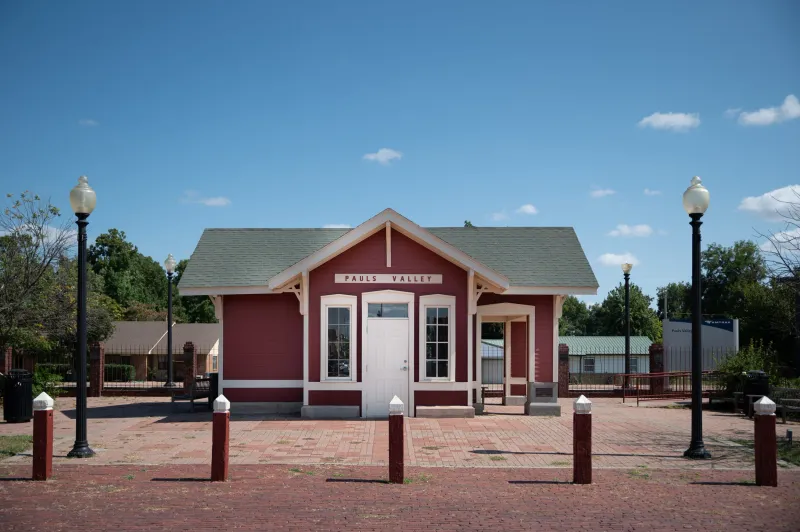
Ever wonder what it felt like waiting for a train in 1908? This charming depot gives you that exact experience, complete with period furnishings and a telegraph office that still has its original equipment. The Santa Fe Railway built this station when Pauls Valley was becoming an important cattle shipping center in southern Oklahoma.
The depot now serves as a community gathering spot and museum where you can explore exhibits about the railroad’s impact on local ranching and agriculture. Original freight scales, luggage carts, and signal lanterns are displayed throughout the building.
During special events, volunteers dress in period costumes and demonstrate how telegraphs sent messages up and down the line, connecting isolated prairie towns to the wider world.
12. Vinita Train Depot and Historical Society
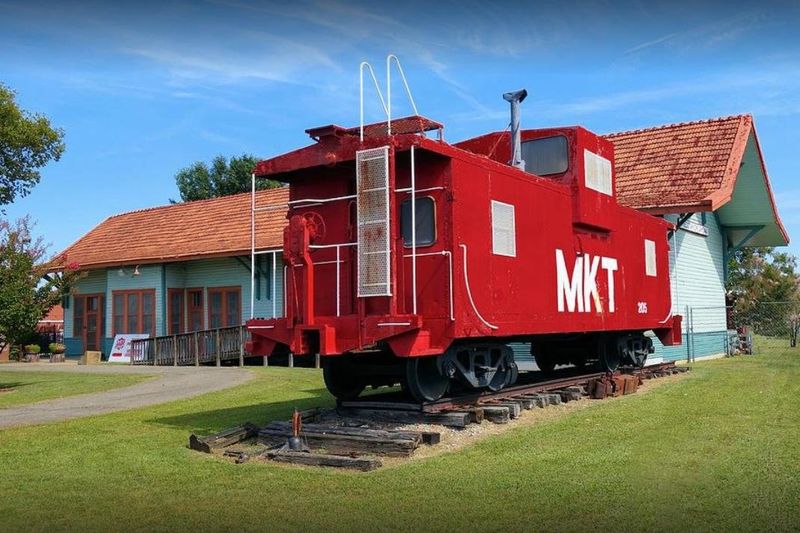
Vinita claims the title of oldest incorporated town in Oklahoma, and its railroad heritage played a major role in that distinction. The depot here served both the Missouri Pacific and the Frisco railroads, making it a crucial junction point where passengers changed trains and freight was sorted for different destinations. The building’s architecture showcases the solid construction railroads demanded for their busiest stations.
Inside, you’ll find an impressive collection of lanterns, uniforms, and timetables that paint a vivid picture of railroad operations.
The historical society maintains the depot with obvious love and attention to detail. They host railroad-themed events throughout the year, including model train displays that captivate visitors of all ages with miniature recreations of Oklahoma’s rail network.
13. Shawnee Rock Island Depot
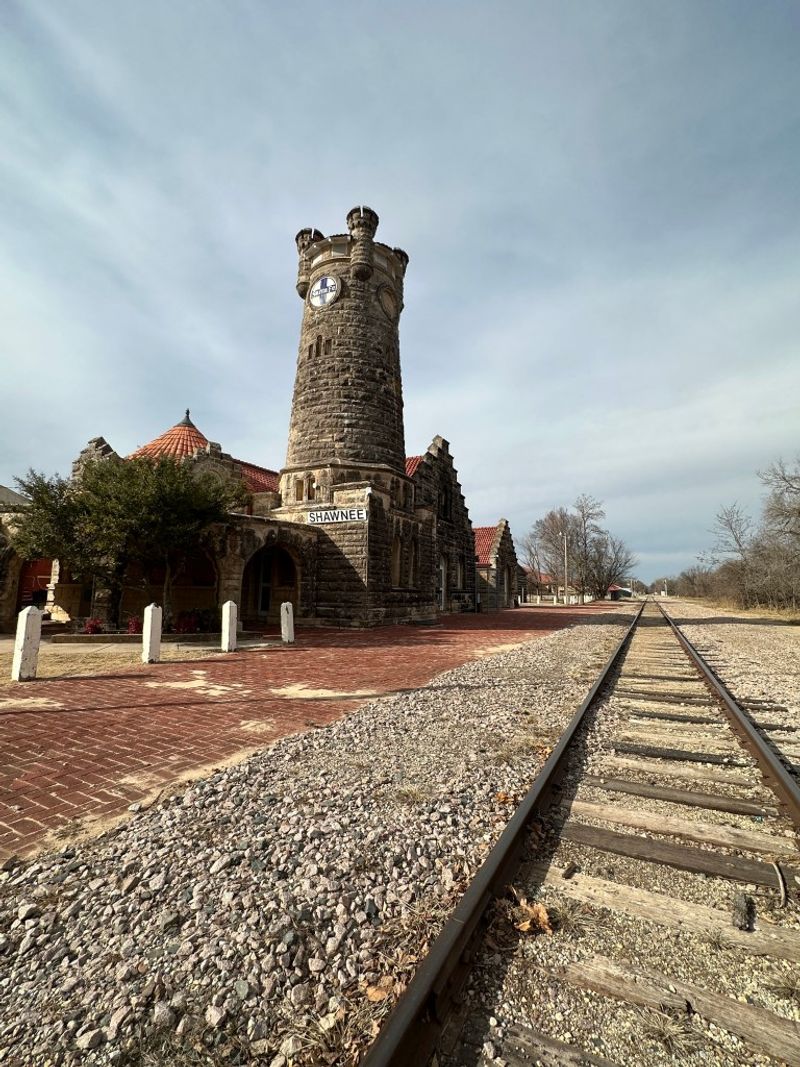
The Rock Island Railroad transformed Shawnee from a frontier settlement into a thriving commercial center almost overnight. This magnificent depot, constructed with rich red brick and ornate details, reflects the railroad’s confidence in the town’s future. Passengers once streamed through its doors heading to Kansas City, Texas, and points beyond, while freight cars loaded with Oklahoma’s agricultural bounty rolled out daily.
Now serving as a cultural center, the depot hosts art exhibits and community events while preserving its railroad character.
Original fixtures like the baggage scales and station clock still function perfectly. The surrounding railyard area has been converted into a pleasant park where interpretive signs explain how different types of freight cars worked and what goods typically passed through this important junction.
14. Chickasha Express Museum
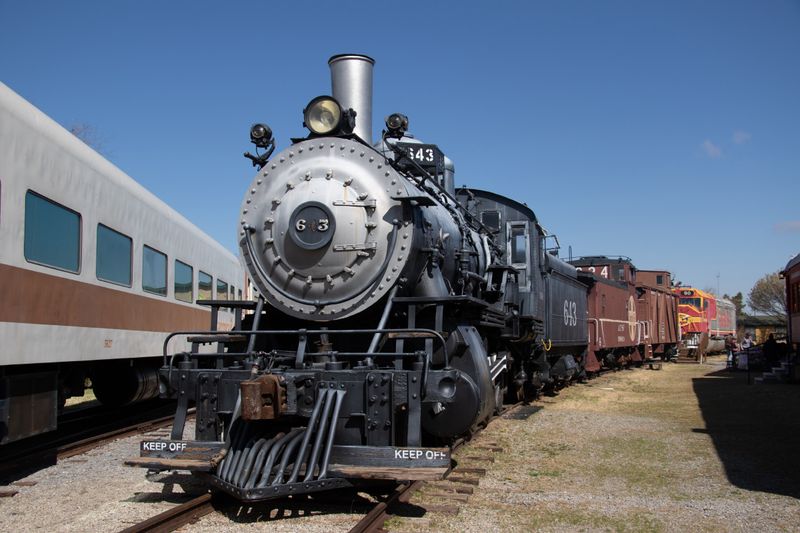
What makes this museum special is the collection of actual railroad cars you can climb aboard and explore from the inside. A vintage caboose lets you experience where train crews lived during long hauls, complete with tiny sleeping bunks and a coal stove for cooking. The passenger car showcases plush seats and decorative woodwork that made rail travel luxurious in the 1920s.
Chickasha’s location on the Rock Island line made it a division point where engine crews changed and locomotives were serviced. The museum captures this heritage with photographs, tools, and equipment used to maintain the massive steam engines.
Volunteers often fire up a small demonstration engine, letting visitors hear the distinctive chuff and whistle that once echoed across Oklahoma’s prairies daily, calling communities to attention.
15. Sapulpa Historical Museum Railroad Collection

Sapulpa earned its nickname as the Crossroads of America because multiple rail lines intersected here, creating one of Oklahoma’s busiest railroad centers. The historical museum dedicates an entire wing to this railroad legacy, displaying everything from conductor uniforms to dining car china used on luxury passenger trains. You’ll see how different railroad companies competed for business with increasingly fancy amenities and faster service.
The collection includes rare photographs showing the massive railyards that once employed hundreds of local residents. Kids are drawn to the working model railroad that recreates Sapulpa during its railroad heyday, complete with miniature depots, water towers, and switching yards.
Special programs let visitors learn about different railroad jobs, from engineers to station agents, revealing how completely trains dominated small-town Oklahoma life for generations.

